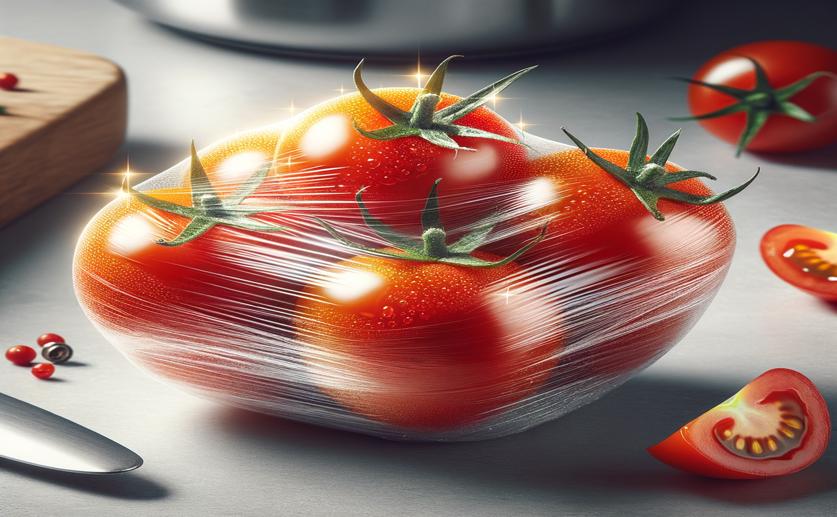
Stronger, Water-Resistant Food Wrap for Longer-Lasting Cherry Tomatoes
Jenn Hoskins
26th July, 2024

Image Source: Natural Science News, 2024
Key Findings
- Researchers at Hubei University of Technology developed a new packaging material by adding zein to a konjac glucomannan/curdlan system
- The optimized zein content in the packaging film improved water resistance, tensile strength, and elongation at break
- The new packaging significantly reduced water loss and maintained the quality of cherry tomatoes during storage
AgricultureBiotechPlant Science
References
Main Study
1) Improvement of mechanical, barrier properties, and water resistance of konjac glucomannan/curdlan film by zein addition and the coating for cherry tomato preservation.
Published 23rd July, 2024
https://doi.org/10.1016/j.ijbiomac.2024.134132
Related Studies
2) Moisture loss inhibition with biopolymer films for preservation of fruits and vegetables: A review.
3) Sonozonation: Enhancing the antimicrobial efficiency of aqueous ozone washing techniques on cherry tomato.
4) Effect of combined Bacillomycin D and chitosan on growth of Rhizopus stolonifer and Botrytis cinerea and cherry tomato preservation.



 7th July, 2024 | Jenn Hoskins
7th July, 2024 | Jenn Hoskins